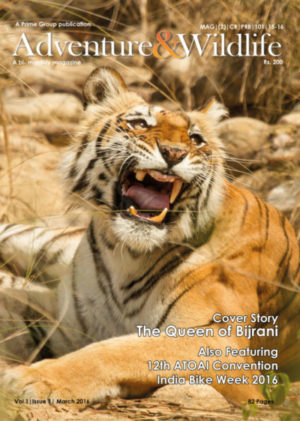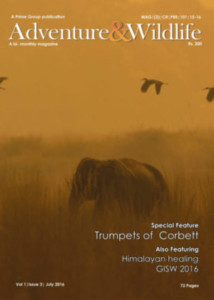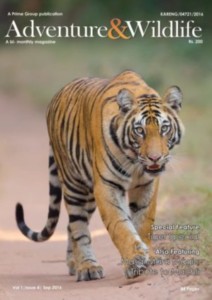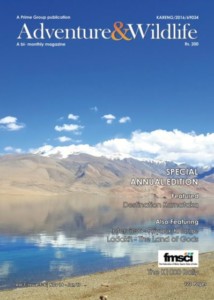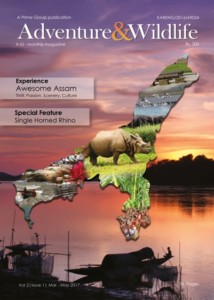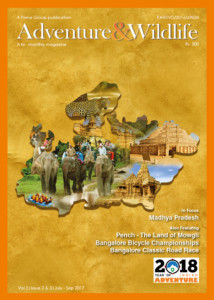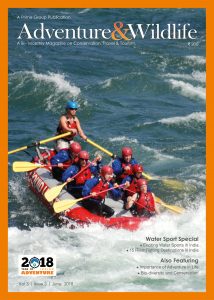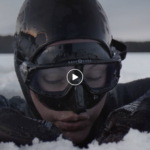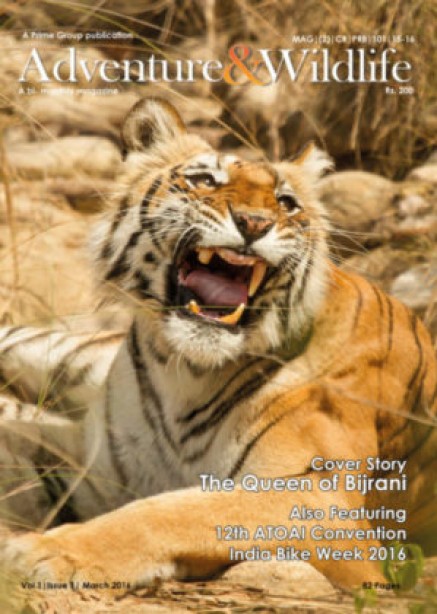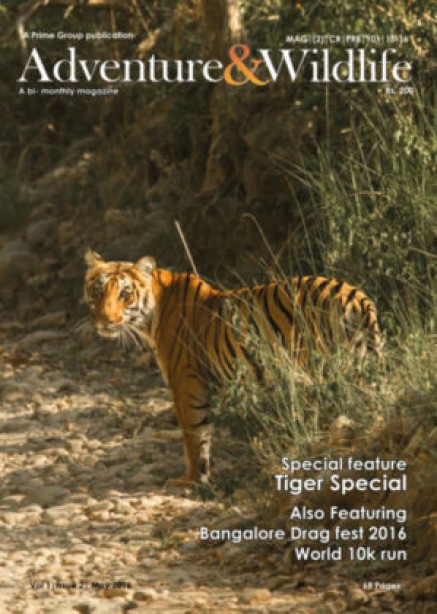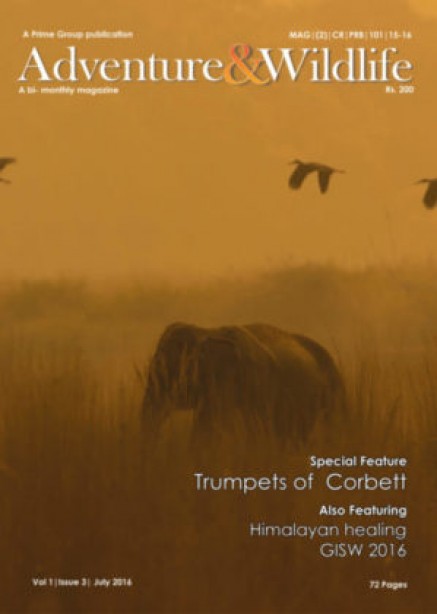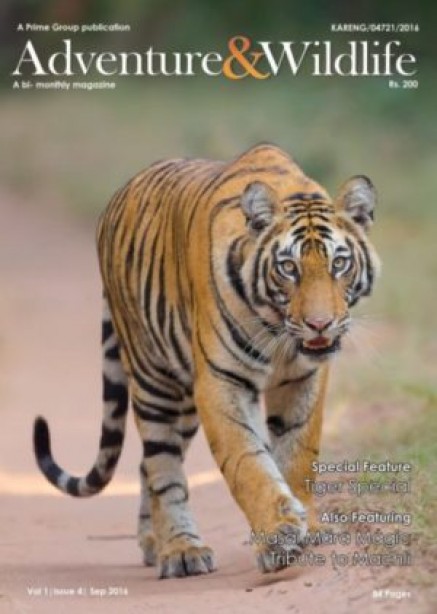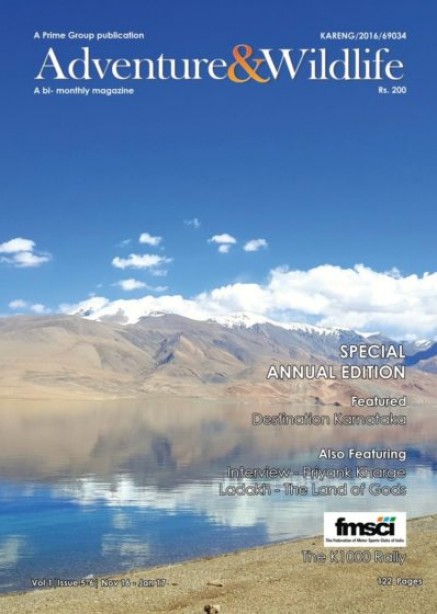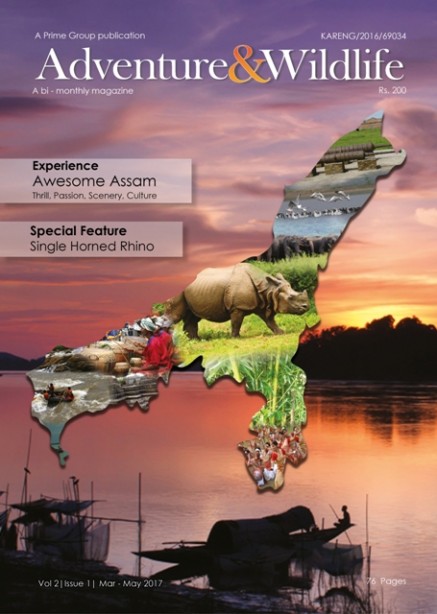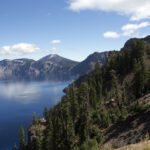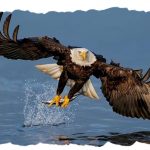
Humphead Wrasse- The endangered one
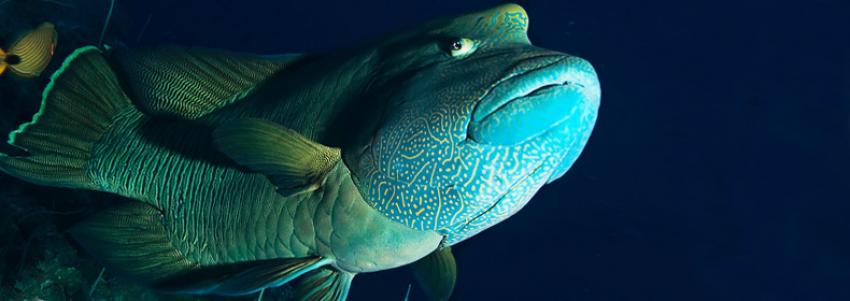
Natrajan Siva |A&W Mag
Marine life is full of such animals that we don’t even know what exists down there below and Humphead wrasse also known as Napoleon Wrasse is one such species of the marine life that is said to be endangered though the name looks like coming straight from some mystical movie it is not the case.
The species is in the list of IUCN (International Union for Conservation of Nature) red list of endangered species as well as it was included in the CITES (Convention on International Trade in Endangered species) in 2004.
It is found in the coral regions of the oceans predominantly in Indo-Pacific reefs.
The main reasons considered for the species to fall under the endangered bracket is the overfishing of these species, because of their texture they well also called as “Royal fish” and this promoted trade by fishing them at times commanding over US$500 per kg this got promoted.
Now what’s more interesting about this fish is that it is immune to all types of toxic spines and it feeds on mollusks, reef fish, sea urchins, crustaceans, and other invertebrates like toxic sea hares, boxfish, and starfish. It is susceptible to over-exploitation due to its life history because it involves late sexual maturation which can take up to 5 years and another reason being because of its long life (over 30 years) and sex reversal from female to male.
Humphead wrasse are found near the coral reefs only because it is their natural habitat and they live deep down where they can get enough supply of food for their survival also they are important to the ecosystem because what they eat is not eaten by any other fish if Humphead wrasse is not there the population of others will rise because her will be no one to eat them hence to maintain ecological balance in marine life they are an important factor. Only because of which the government and local authorities have made strict rules on their international trade and most of the fishes that are traded are merely 50cms of total length which means they are juveniles. The Humphead wrasse cannot yet be hatchery-reared at commercial levels, so all fish in trade are wild-caught.

